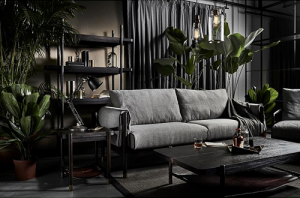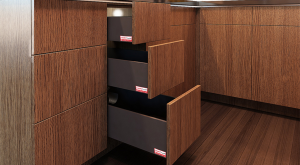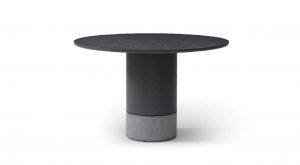Featured Post
Protecting Antique Furniture: Expert Tips and Tricks for Long-Lasting Beauty
Antique furniture brings history into your home. These pieces, often over 100 years old, deserve special care to keep their beauty and value alive. This article shares expert tips and tricks for protecting antique furniture, covering cleaning, maintenance, storage, and more.
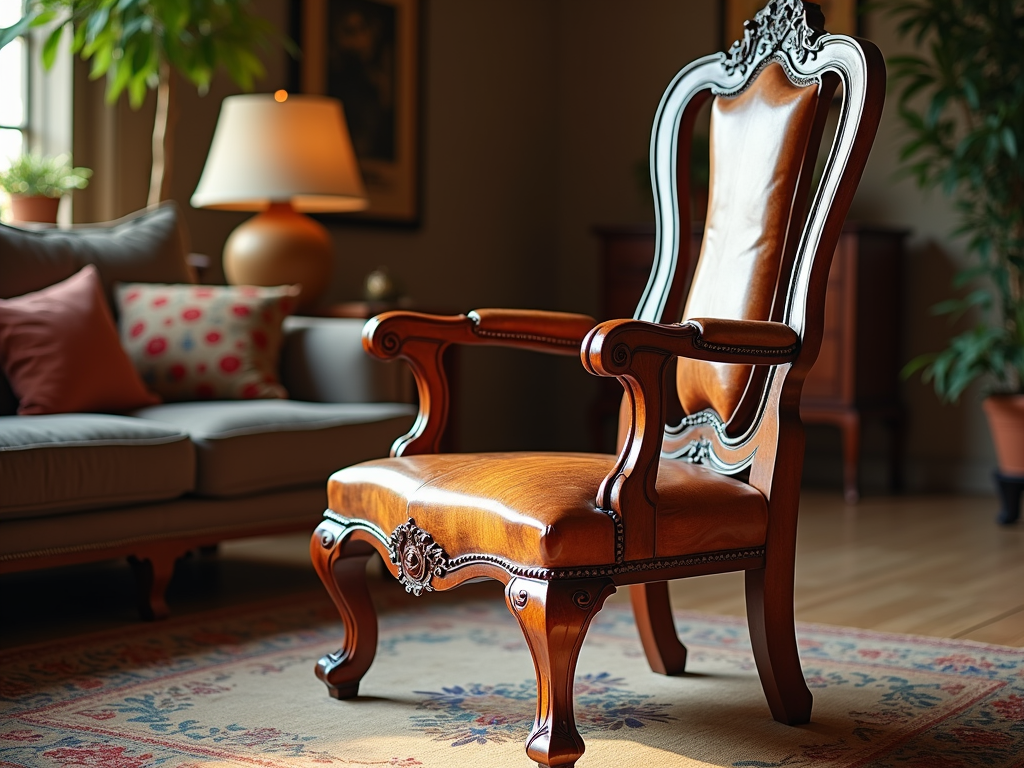
What Makes Furniture Antique?
Antique furniture is more than old stuff—it’s a treasure. Typically, pieces over 100 years old qualify as antiques. They hold stories and value, both in money and memories. Protecting them keeps that legacy strong.
I’ve loved antiques since I found a dusty chair at a flea market. It was scratched but stunning. That’s when I learned proper care matters. Let’s dive into how you can protect your furniture too.
Cleaning Antique Furniture
Cleaning is the first step in a solid furniture care guide for wood finishing. But it’s not about scrubbing hard. Gentle methods keep the wood safe and shining.
Do These: - Dust with a soft, lint-free cloth like microfiber. - Use mild soap mixed with water. - Test cleaners on a hidden spot first.
Skip These: - Harsh chemicals like bleach. - Too much polish—it strips the finish. - Wet rags that soak the wood.
Here’s a trick I swear by: mix equal parts white vinegar and olive oil. Wipe it on with a soft cloth. It cleans and nourishes the wood naturally—no harsh stuff needed.
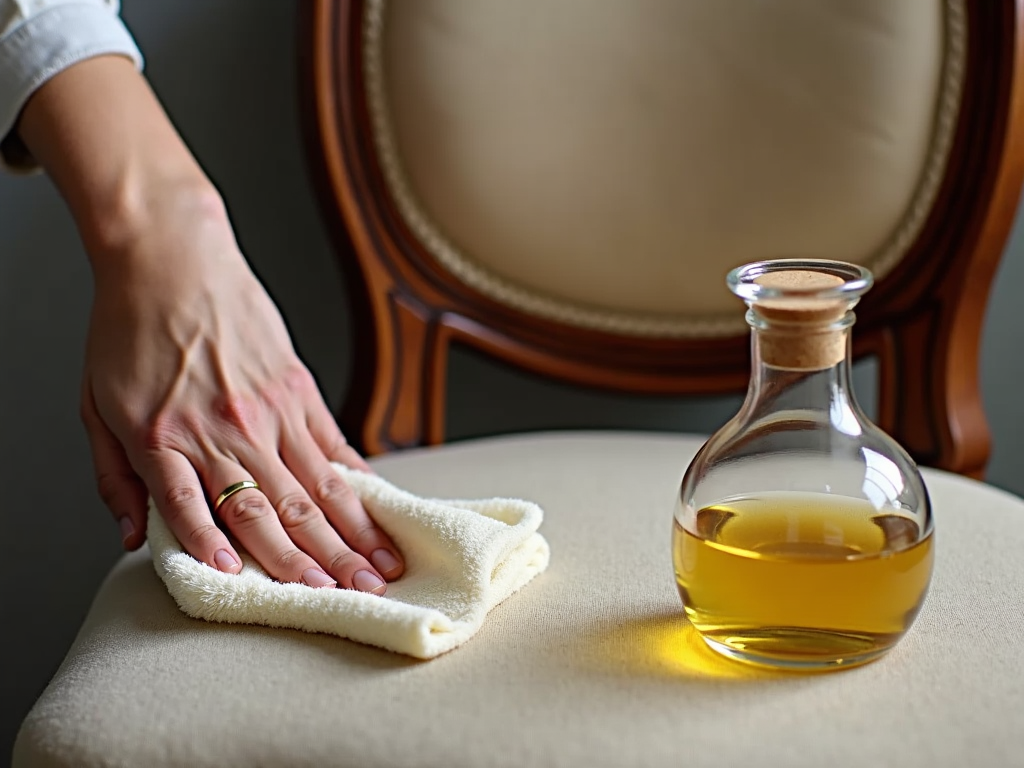
Once, I used a store-bought cleaner on a table. Big mistake—the finish dulled fast. Since then, I stick to gentle solutions. Your furniture will thank you.
Maintaining Your Antique Pieces
Regular care keeps furniture looking great. Check your pieces every few months. Look for cracks, loose joints, or fading spots.
Wood hates extreme weather. Keep humidity between 40-55% and temperatures around 65-75°F. Too dry, and it cracks; too damp, and mold creeps in.
Quick Maintenance Tips: - Use coasters to stop water rings. - Keep chairs out of direct sun. - Add a humidifier in dry winters.
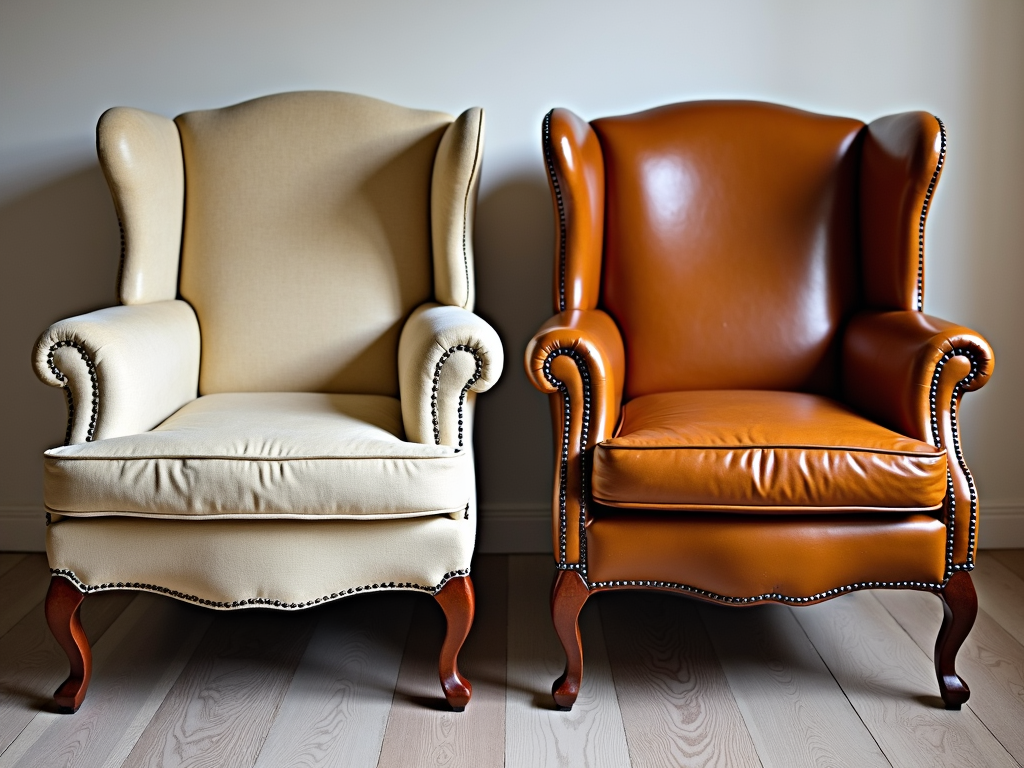
I learned this the hard way. My Victorian chair sat by a window too long. The sun bleached it before I moved it. Now, I’m strict about light control.
Storing Antique Furniture
Not using a piece for a while? Store it right. Pick a cool, dry spot—no damp basements or hot attics.
Wrap furniture in breathable cotton sheets. Plastic traps moisture and invites mold. Add silica packets to keep things dry.
Pests love old wood. Check for tiny holes or sawdust—signs of bugs. If you spot them, call a pro fast.
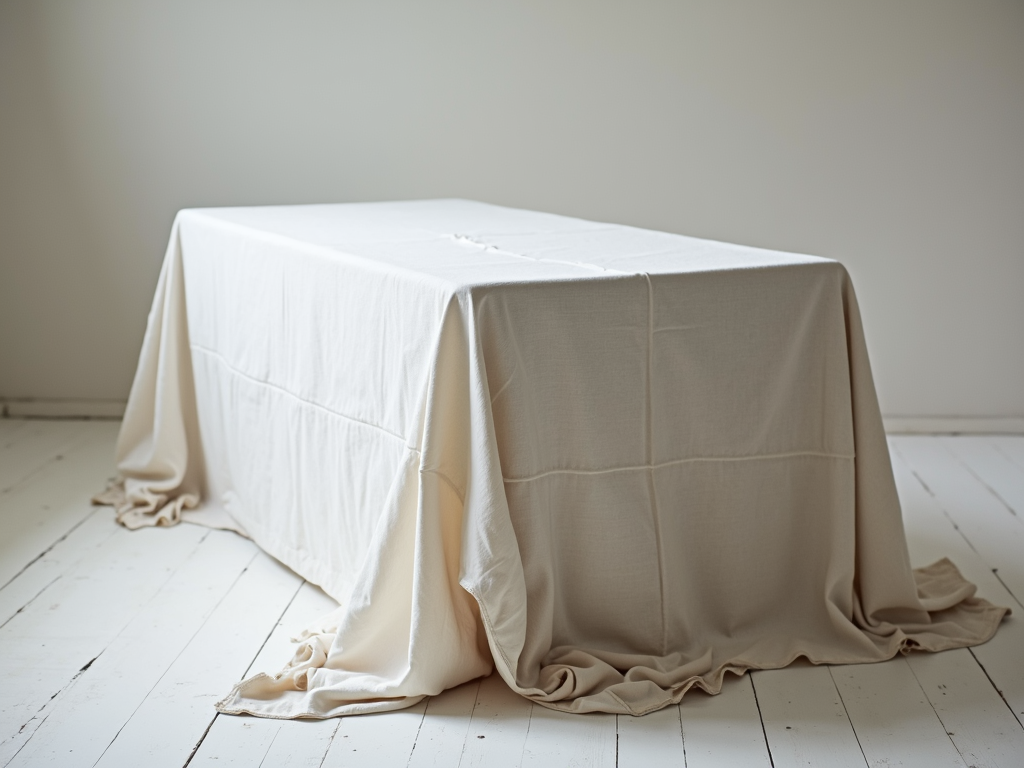
I once stored a dresser in my garage. Bad idea—humidity warped it. Now, I only use climate-controlled spaces. It’s worth the effort.
Handling Antique Furniture
Moving old furniture takes care. One wrong lift can crack a leg or ruin a joint.
Safe Handling Tips: - Lift by the base, not the arms or back. - Wear cotton gloves to keep oils off. - Move slowly—no dragging.
I’ve moved plenty of pieces. Once, I rushed and chipped a table edge. Now, I take my time. Slow and steady wins.
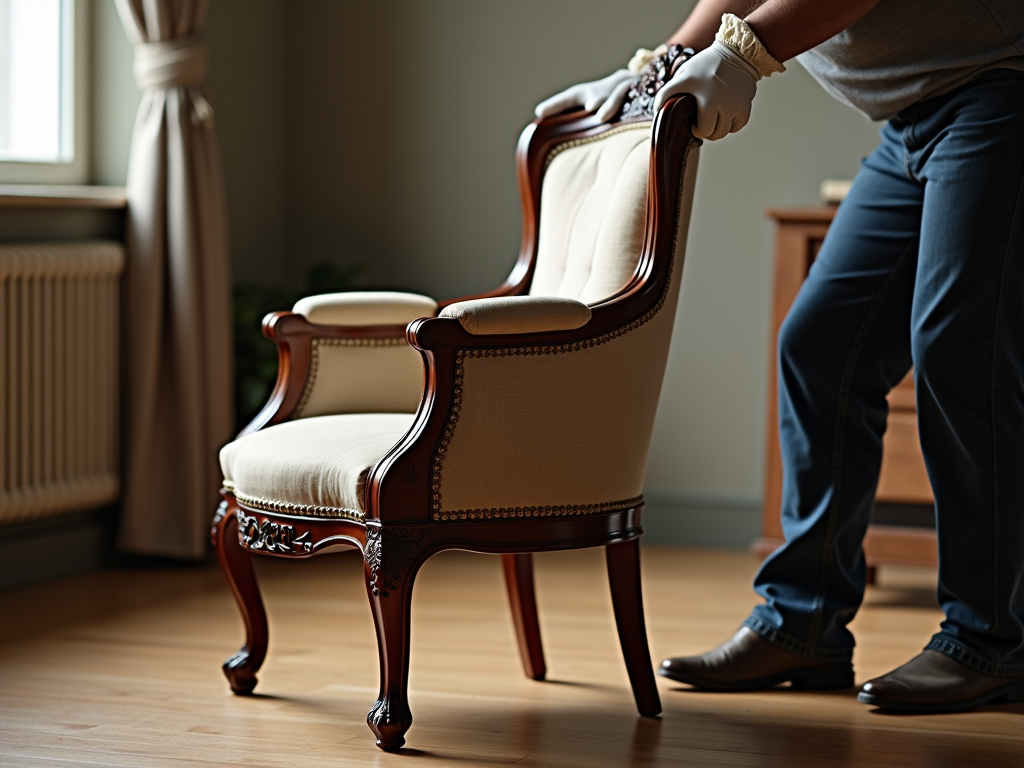
Expert Tips and Tricks
Want pro-level care? Try this: dab mayonnaise on water rings. Let it sit an hour, then wipe and polish. The oil and vinegar work magic.
Know your finish. Shellac needs extra gentle cleaners—water alone can hurt it. Varnish can take a bit more. Test first to be sure.
For scratches, mix a paste of baking soda and water. Rub it in lightly with a soft cloth. It’s saved my chairs more than once.
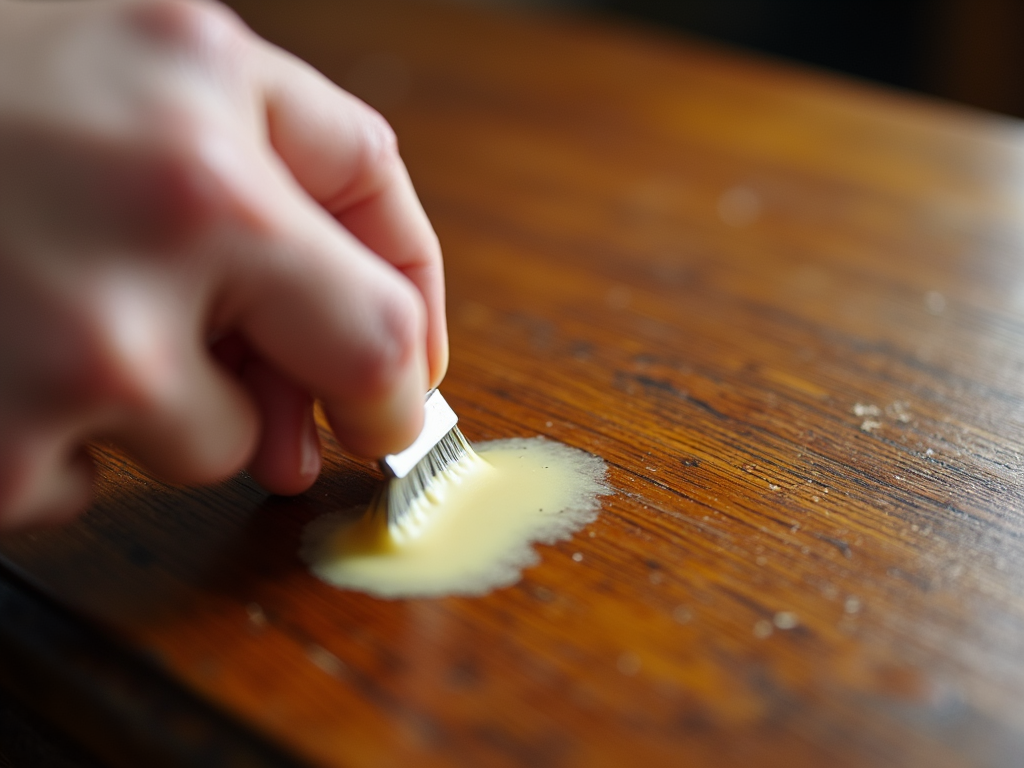
Sometimes, DIY isn’t enough. For big repairs—like broken legs or deep gouges—call a professional. I’ve seen experts bring pieces back to life.
Ideal Conditions for Wood
Different woods like different settings. Here’s a quick guide:
| Wood Type | Humidity | Temperature |
|---|---|---|
| Oak | 40-50% | 65-75°F |
| Mahogany | 45-55% | 70-80°F |
| Pine | 35-45% | 60-70°F |
I keep a hygrometer at home now. It’s a small tool that checks humidity. Keeps my furniture happy year-round.
Common Mistakes to Avoid
New to antiques? Don’t rush in. Avoid over-cleaning—it wears down finishes fast. Skip furniture polish sprays; they build up gunk.
Never ignore small damage. A loose screw today is a broken chair tomorrow. Fix it early.

Wrapping Up
Protecting antique furniture is simple with the right steps. Clean gently, maintain regularly, store smart, and handle with care. These expert tips and tricks will keep your pieces stunning for years.
Got a favorite antique? Try these ideas and see the difference. Share your own tips below—I’d love to hear them!


